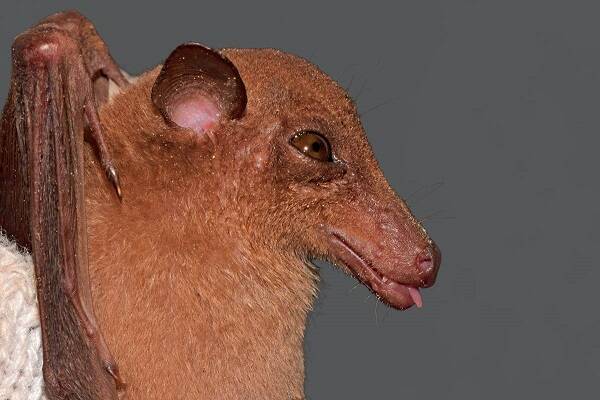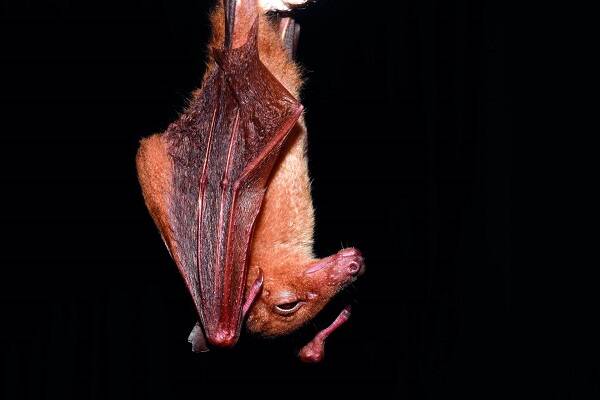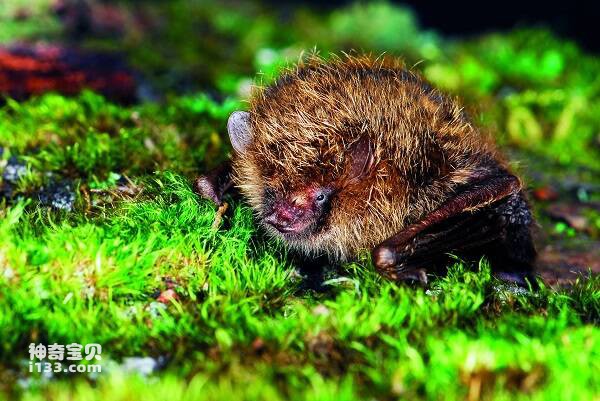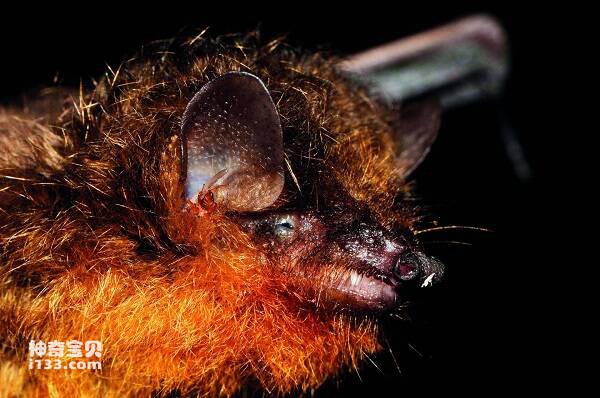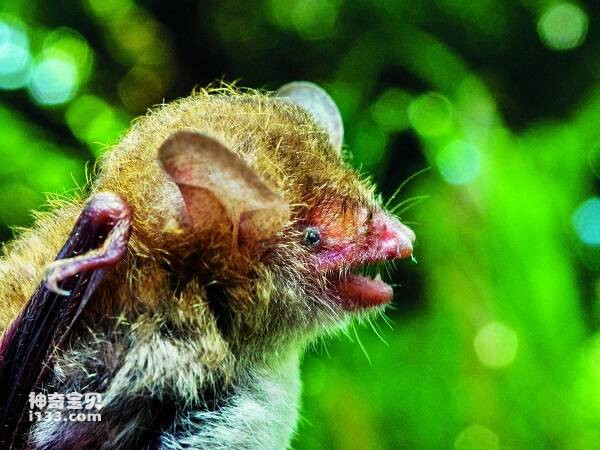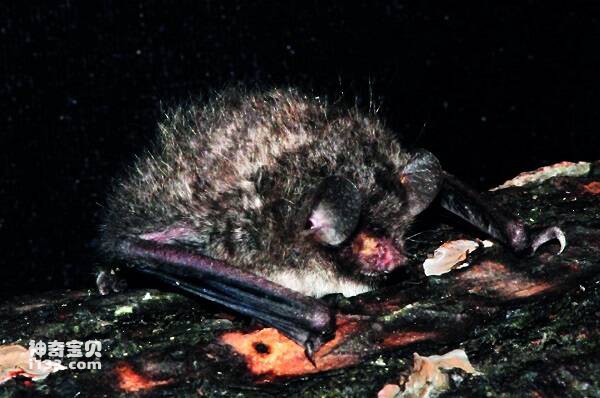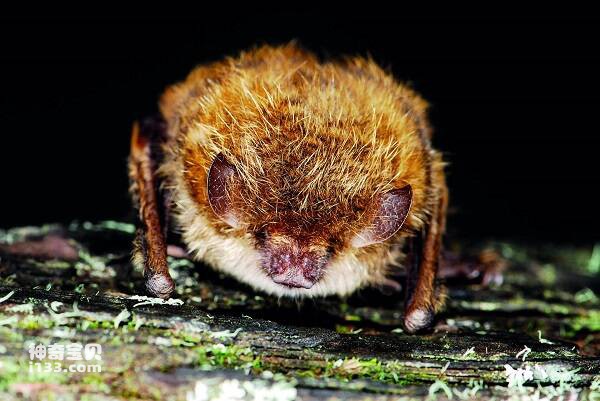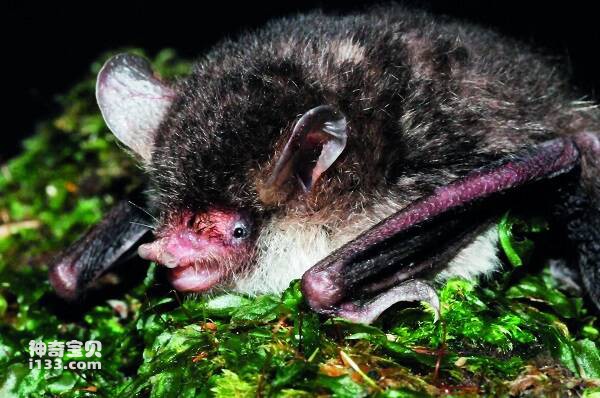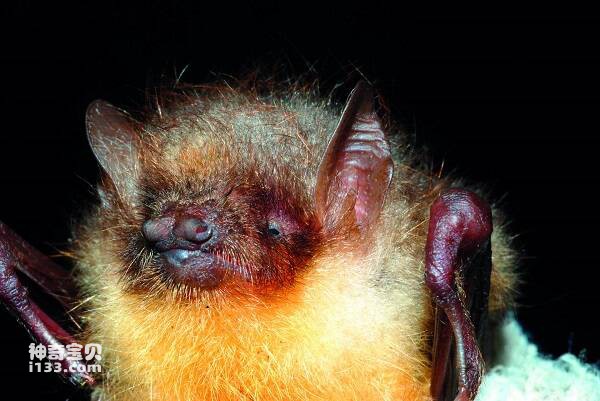Macroglossus sobrinus
IUCN
LCBasic Information
Scientific classification
- name:Macroglossus sobrinus
- Scientific Name:Macroglossus sobrinus
- Outline:Chiroptera
- Family:Chiroptera Pteropus L.F.bat
Vital signs
- length:
- Weight:
- lifetime:
Feature
Very short tail, very narrow teeth
Distribution and Habitat
In China, it is distributed in Mengla, Xishuangbanna, southern Yunnan. It was collected from Bubeng and Mamu trees in Mengla County, Xishuangbanna, southern Yunnan in March 1992 and December 1993, respectively (Wang Yingxiang, 2003; Feng Qing et al., 2008). Abroad, it is distributed in northeastern India, Myanmar, Thailand, southern Vietnam, Cambodia, Malay Peninsula, Sumatra, Java and Bali.
Appearance
Small fruit bat. Forearm length 47-51mm. Long and narrow snout, no groove on the front edge of upper lip. Very long tongue, only 1/3 of the tongue root is fixed to the back base of the mouth, and the tip 1/4 of the tongue has a filamentous process. The second finger has a claw, and the wing membrane ends at the base of the third toe. The tail is very short and hidden in the hair. The teeth are very narrow, the cheek teeth are loosely arranged, and the interdental space is wide.
Details
Andersen's long-tongued fruit bat (<M. sobrinus>) was named by Andersen (1911) based on the specimens of Gunong Igari, Malaysia. It was originally considered to be a subspecies of the small long-tongued fruit bat (<M. m. sobrinus>). However, Medway (1969) believed that Andersen's long-tongued fruit bat is significantly larger than the small long-tongued fruit bat, and the two should be different species.
